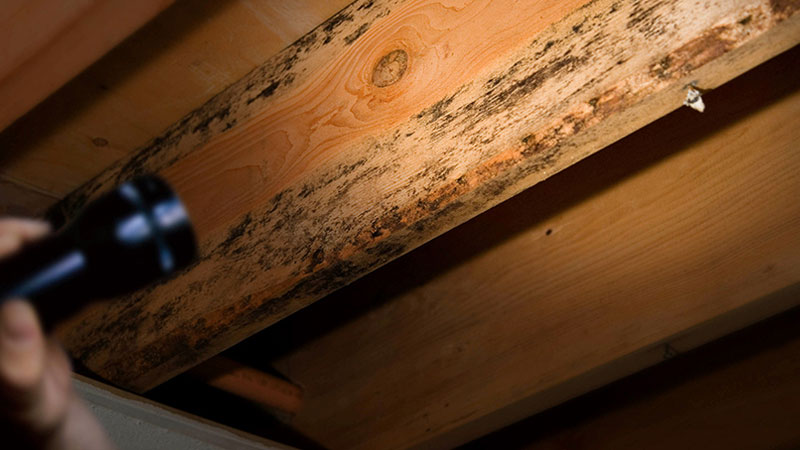
Termite inspectors are specially trained professionals to find out existing termite colonies and to provide expert guidelines.They can identify the subtle signs that are almost invisible to inexperienced eyes. In today’s post, I will discuss what does a termite inspector do and what to expect from him.
Where Does the Termite Inspector Look?
In general, termite Inspections in Sydney include examining both the inside and outside of your house. As most of the termites are known to build their colonies in the soil, the inspectors will look for potential access points in the outdoor areas or in the crawl space.
If there is clear evidence that the house is infected by termites, the inspector will first address the existing colonies and then clean up the interior.
By thoroughly examining the interior of the house, the inspector will make sure that the potential termite access points are taken care of. Some common access points include the drainage pipes, the foundation, crawl space, attics, basements, window sills etc.
What Things the Termite Inspector Looks for?
In the inspection, a professional termite inspector will look for two things:
- Any sign of existing termites and
- Potentials of termite infection.
Existing Termites Detection
There are some clear indications which can help a termite inspector to detect the existence of termite colonies in the property. In most cases, termites cause serious damage to the inside of the woods. Only looking at the surface will not reveal any information about the damages.
The termite inspector will use specialized tools to find out if any wood in the house is infected by termites.They are able to detect already infected woods which may look perfect from the exterior.
Another clear indication of existing termite colonies is finding out termite swarms. Termites swarm when they are migrating to a new colony. If the inspector can detect such activity, it could mean that the termites have already inflicted damage to one area and now moving on to another location.
Even if no swarming activity could be found, the inspector will look for additional evidences like termite dropiings, left-out wings etc.
Last but not the least, mud tubes are indication that your house in infected by termites. As termites dehydrate very quickly, they create mud tunnels to sustain moisture and move to a nearby target. More often than not, these mud tubes could be found in the crawl space, drainage pipes or the foundation of your house.
Potential Termite Attack
Along with identifying any existing termite colony, the inspector will also look out for signs that could attract termite infection in the future. They will check out the foundation, crawl space, attics, windows and other places of your house.
In the outside, they will also examine whether you have any kind of woods close to your house and the exterior structure.
Once they finish the inspection, the professional will provide you with a detailed report about the current condition of your house along with clear guidelines. Based on the situation, you can hire a professional termite control firm or take the preventive measures on your own.
